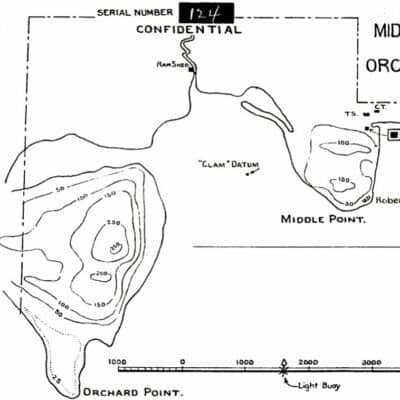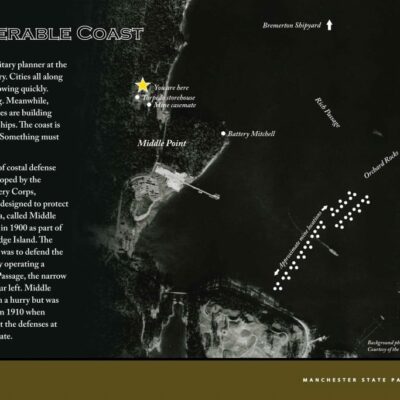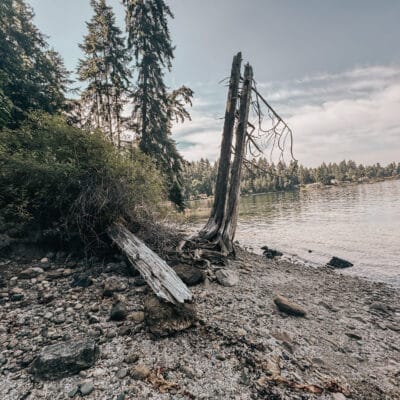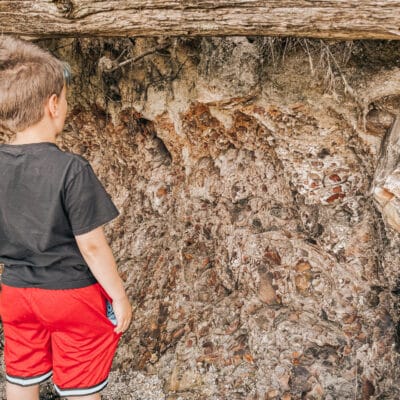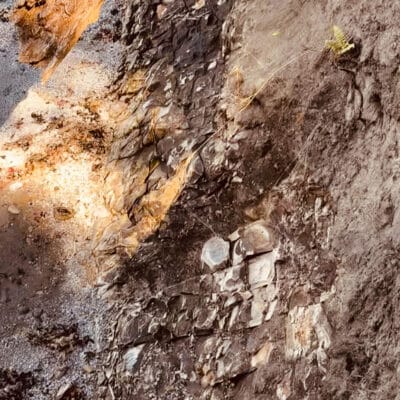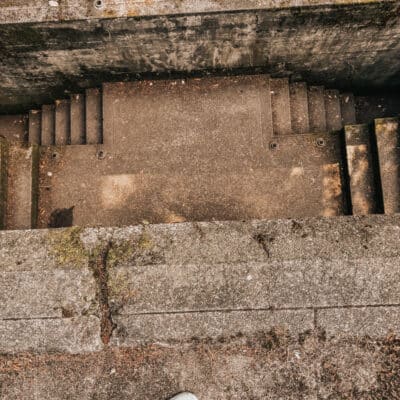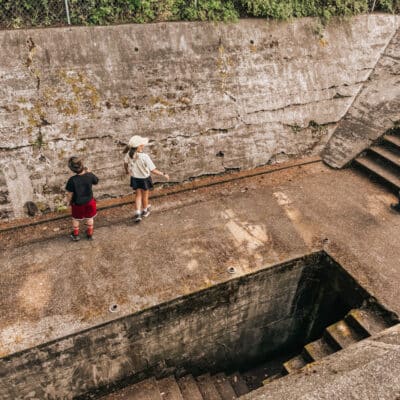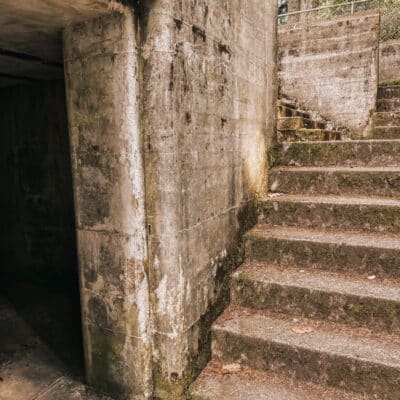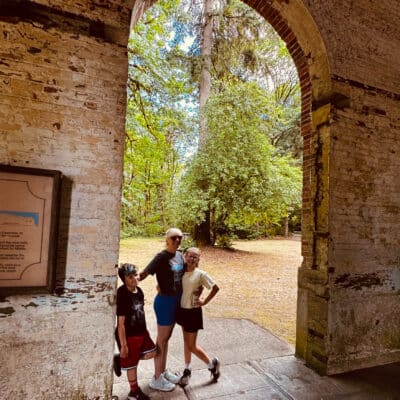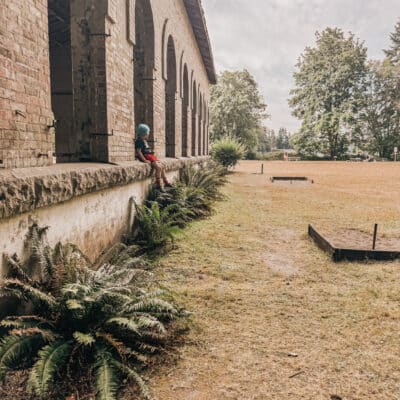Arts & Entertainment Community
Two in Tow & On the Go | History, nature and fun at Manchester State Park — battery included
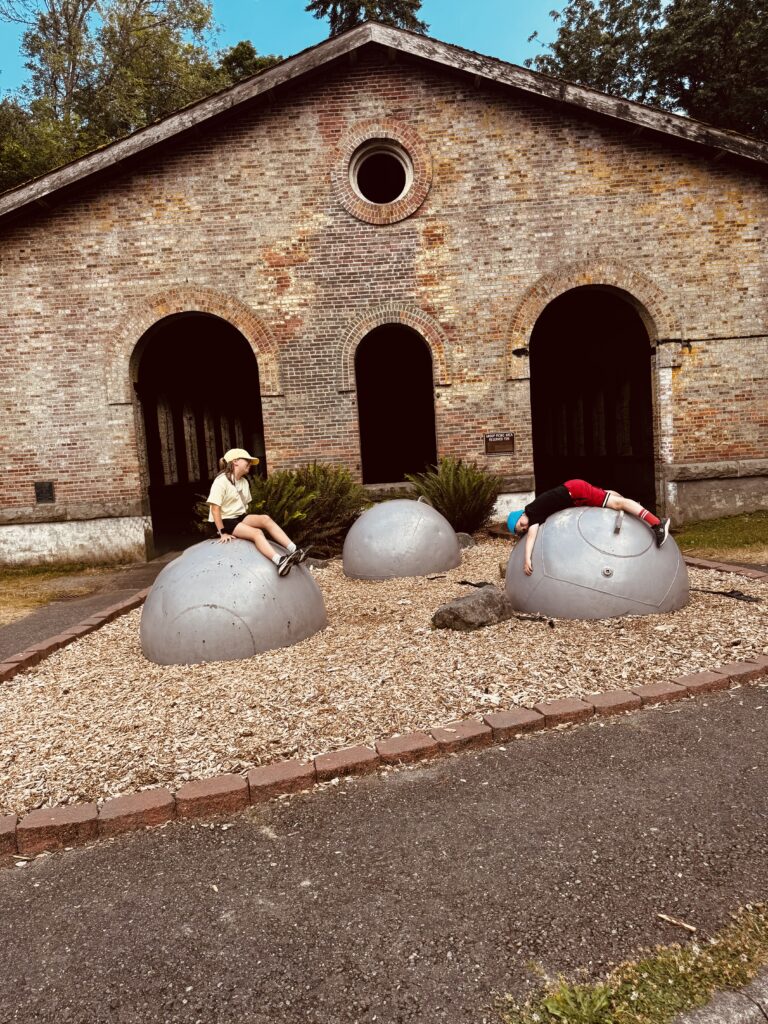 We here at Two in Tow have once again adopted GHN history columnist Greg Spadoni for our summer column adventures. This is similar to last year when he bravely tackled Tacoma’s Slides and Stairs park with us (and lived to tell about it). With the Greg addition, we’ve upgraded the title of our weekly adventure outings to “Three in Tow Tuesdays” — at least until school starts. His latest pick was Manchester State Park near Port Orchard, a former military reservation turned beachy-forest-fun that was previously off my radar. I have to admit, it turned out to be a solid call.
We here at Two in Tow have once again adopted GHN history columnist Greg Spadoni for our summer column adventures. This is similar to last year when he bravely tackled Tacoma’s Slides and Stairs park with us (and lived to tell about it). With the Greg addition, we’ve upgraded the title of our weekly adventure outings to “Three in Tow Tuesdays” — at least until school starts. His latest pick was Manchester State Park near Port Orchard, a former military reservation turned beachy-forest-fun that was previously off my radar. I have to admit, it turned out to be a solid call.
Manchester State Park
7767 E Hilldale Road, Port Orchard
Manchester State Park Brochure.pdf
This 111-acre state park has 3,400 feet of shoreline, 1.9 miles of trails and three sites on the historic register to explore. Visitors can picnic, camp, boat, fish, walk, birdwatch, play volleyball, and toss horseshoes there. I think horseshoes may be available from the campground’s park office. (See the map below).
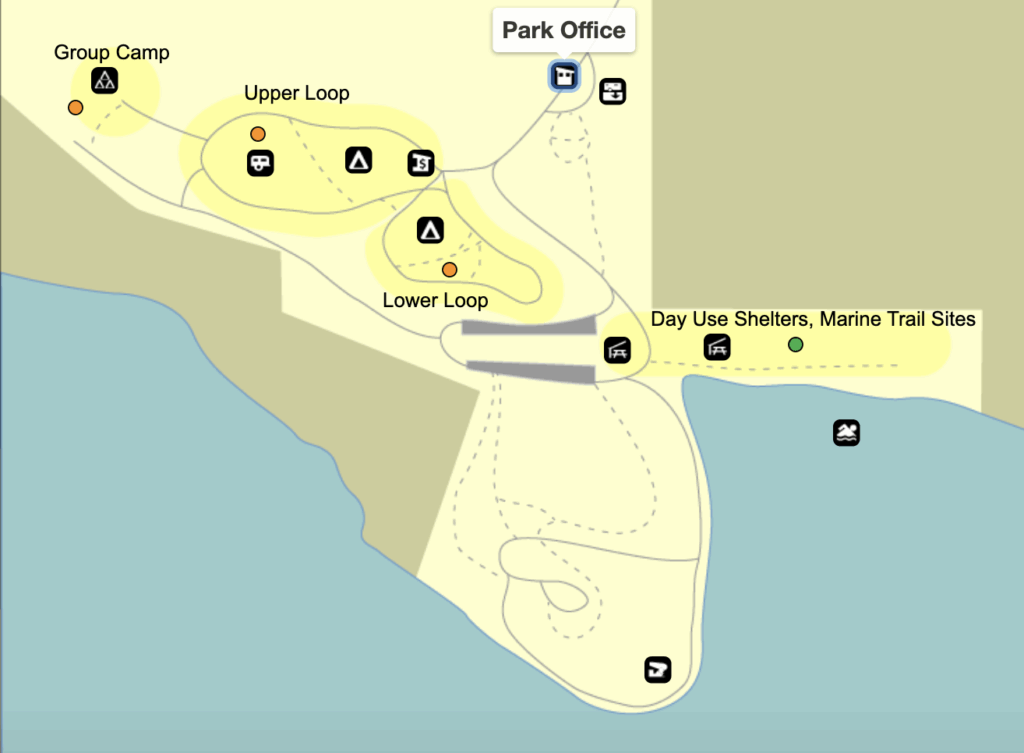
Manchester State Park map. Source: Washington State Parks.
Middle Point Military Reservation
Originally known as Middle Point Military Reservation, the site was established around 1900 to reinforce Fort Ward on Bainbridge Island across the water. Both sites were positioned to protect the nearby Puget Sound Naval Shipyard in Bremerton, with Middle Point there to operate an underwater minefield. The mines, designed to be remotely detonated, were suspended from cables and anchored in place in a narrow section of the Puget Sound called Rich Passage.
- National Archives
- WA State Parks Foundation signage, underwater minefield layout
But advances in military aircraft soon made the coastal artillery posts obsolete, and the property took on other military uses. In April 1962, the state parks commission took an interest in it for a future public campground. At the time, commissioner Joe Whiting called Middle Point’s forest and beach “the grandest piece of ground I’ve seen in the whole state of Washington.”
While Middle Point was surely a lovely bit of nature, it needed a lot of work (and money) to become a state park, so it didn’t open as one for two more decades. When it finally debuted under the new name, Manchester State Park, on May 22, 1981, the public flocked there for its outdoor amenities and some of the coolest architectural military history around.
Our day
And that sentiment remains, since we felt the same way this summer almost 45 years since its opening day. Over the course of one afternoon, we played at the beach, detoured to a remote shoreline with striking rock formations, explored the remnants of a concrete structure and ended the trip hanging out inside a handsome old brick building. It was the perfect mix of history, geology, and plain old fun.
The beach

We used our existing Discover Pass and parked in the lot between the campgrounds’ Lower Loop and the Day Use sections of the park. In true mom-life fashion, we headed to the restrooms first. As that’s always a popular spot (ha).
Then strolled down to the beach where we could see Bainbridge Island across the sparkling water. Greg found perfect skipping stones and soon had the kids trying to match his five- and six-skip throws. They’d flick their wrists like he did, but laugh when their rocks plunked down after one or two hops. (Notice I’m not saying how many skips I got.)
The rocks
From the main beach, we took a trail uphill toward Battery Mitchell, but detoured to small cliff path leading down to a quiet outcrop of shoreline away from the crowds. Fallen trees formed a natural criss-cross jungle gym for Clara and Wyatt to navigate and the adults followed (I always let the kids go first so I can keep eyes on them). Soon, we were all crouched at the base of the bluff examining its layered shades of rust, tan and grey; sandy rocks that crumbled in our hands; and a few pieces of what 9-year-old Wyatt was certain were volcanic fragments.
We later learned he was right! Google tells us that rock slurries of all kinds arrived there in a rush via ancient underwater landslides from long-gone volcanoes. We also learned that Manchester is locally famous for its rare stacks of exposed bedrock jutting from its shores. Those sections belong to the Blakeley Formation — an ancient seafloor of sand and mud from 35 to 40 million years ago. Over time, all of that hardened into stone and stands out today as one of the few places bedrock isn’t buried on Puget Sound.
Battery Mitchell
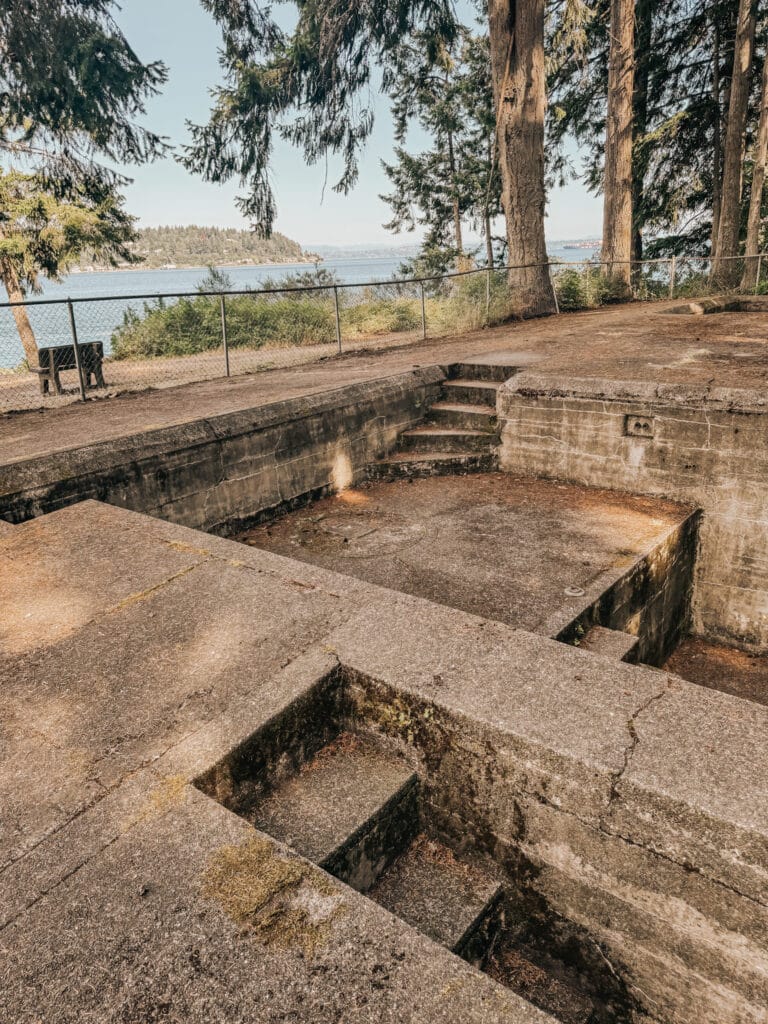
The former Battery Mitchell’s concrete gun platform.
We could’ve probably studied the cliff rocks forever, but high tide eventually nudged us back up toward Battery Mitchell. I hadn’t known the battery existed, or even what a “battery” was in this context, but once we got there I liked its blocky, moss-covered, outdoor bunker vibe.
Battery Mitchell was a concrete artillery structure designed to support the operation of two rapid-fire guns. It was positioned above Middle Point’s underwater minefield and opposite Fort Ward to help defend the channel from enemy ships. Each gun mount was designed to have its own ammo room and mini bomb shelter for artillery crews to duck and cover from enemy fire. But the actual guns planned for Battery Mitchell were never installed as military tech improved and resources were diverted elsewhere.
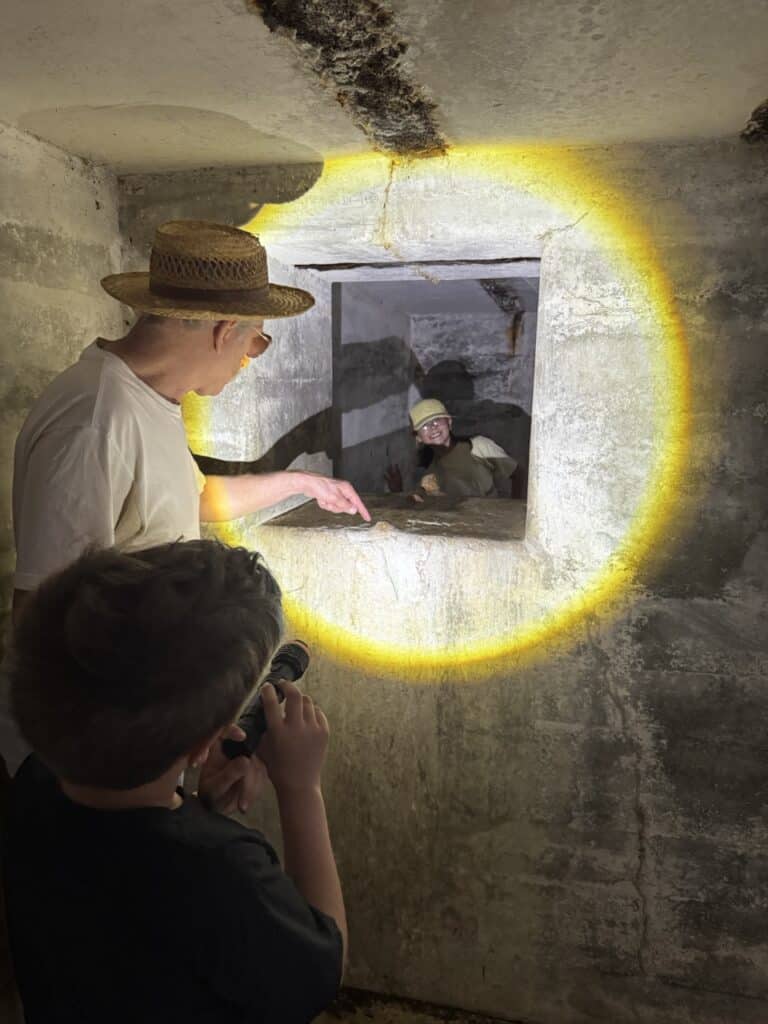
Back outside, we didn’t linger too long because there are no guardrails separating the battery’s top and bottom levels, making for some scary drops and potential falls with kids in tow. Luckily, the trail continues from there as its winds in front of the battery site and up a hill overlooking the waterway. As we wandered through, we kept an eye out for poison ivy. Then through the trees Clara lit up when she spotted the big white-and-green Bremerton ferry cutting through the water like a giant toy boat. We watched it for a bit from a nearby bluff as we soaked up the afternoon sun.
Torpedo warehouse

Eventually, we ended up back at the historic torpedo warehouse near the parking lot where we started. Built in 1901, the 3,750-square-foot warehouse stored the post’s mines, anchors, and other gear that maintained the minefield. Its tall arched windows and brickwork seem refined for what was essentially a storage building. Not that anyone minds, since it makes for some awesome photography. Out front, giant mine buoys now double as kid-friendly loungers. Today, the building acts as a picnic shelter and is available to the public to rent for events.
Overall, exploring Manchester State Park checked all the boxes — history, nature, and fun — with each of us finding a different highlight to chat about on the 30-minute-ish drive home to Gig Harbor.
See ya out there!

@two.n.tow
Tonya Strickland is a Gig Harbor mom-of-two and longtime journalist. Now in the travel and family niche, her blog, Two in Tow & On the Go, was named among the 10 Seattle-Area Instagram Accounts to Follow by ParentMap magazine. Tonya and her husband Bowen moved to Gig Harbor from California with their two kids, Clara (11) and Wyatt (9) in 2021. Find them on Facebook for all the kid-friendly places in and around town.

